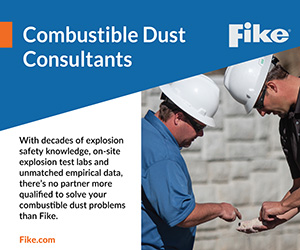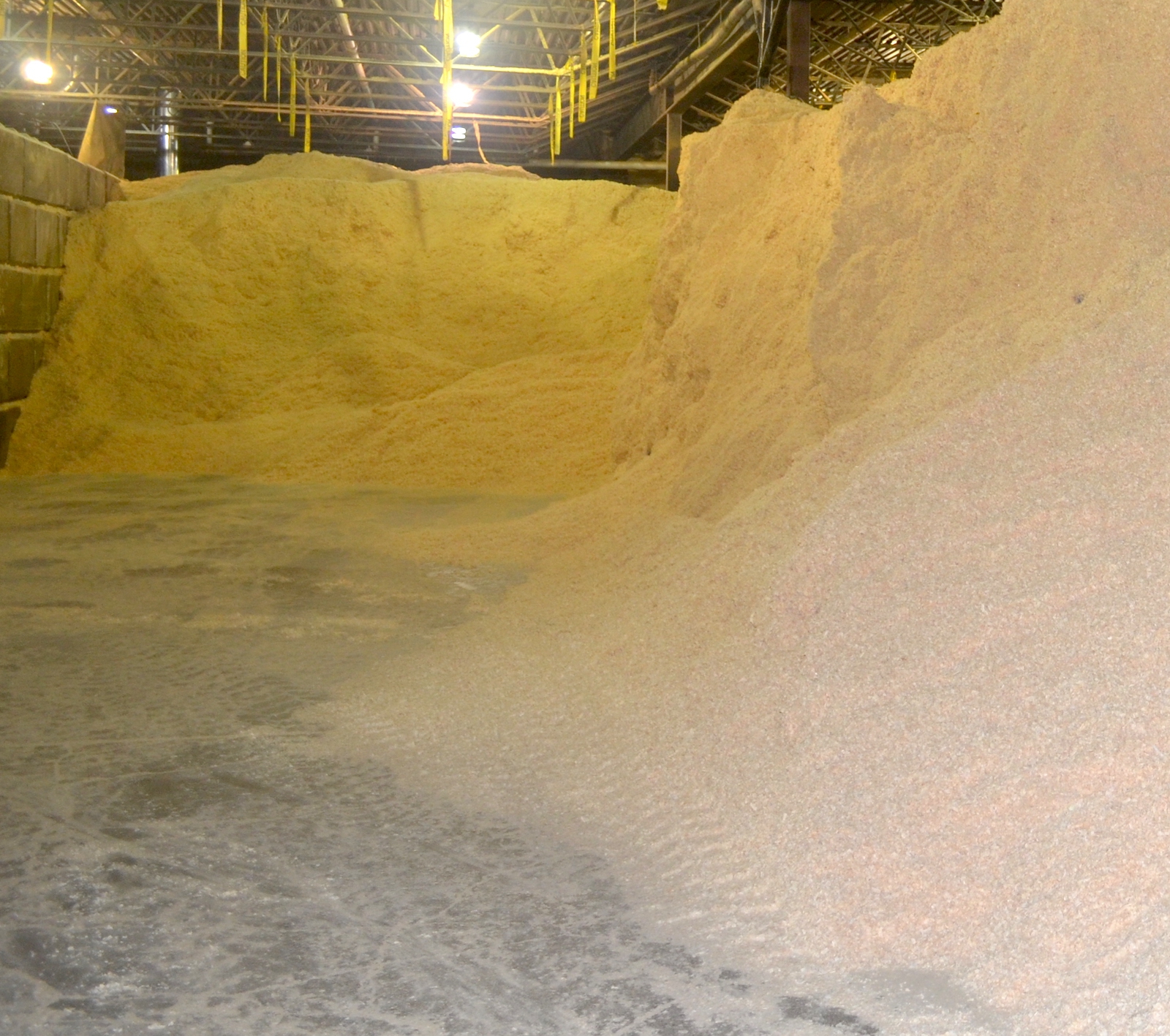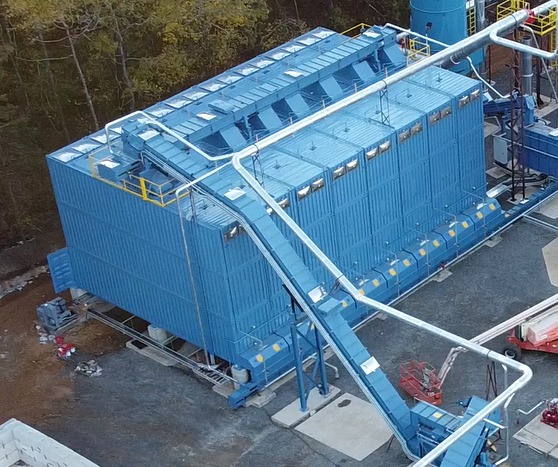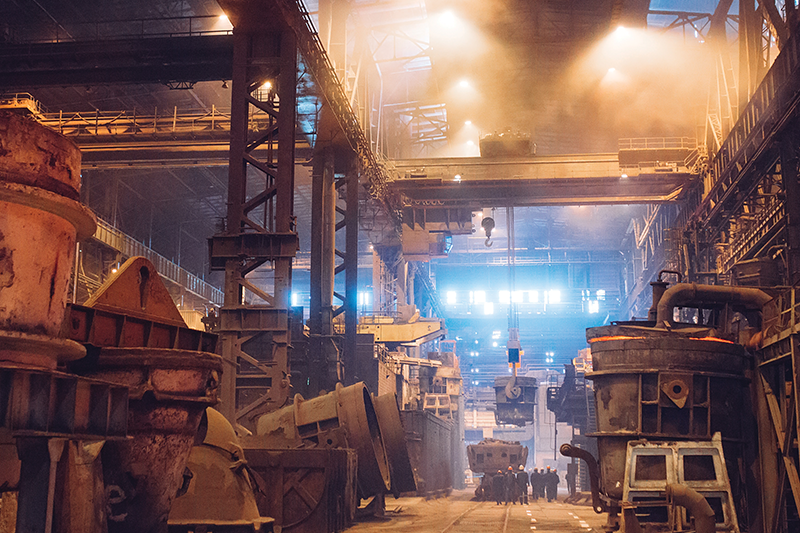| |
| |
 |
 |
| |
 |
|
@{mv_date_MMM d, yyyy}@ |
|
| |
 The wood biomass industry often utilizes both softwoods and hardwoods for creating wood pellets. Growing in popularity, wood-based biomass can be categorized as a renewable resource and in some countries has been designated as carbon-neutral fuel source.
» Read More...
The wood biomass industry often utilizes both softwoods and hardwoods for creating wood pellets. Growing in popularity, wood-based biomass can be categorized as a renewable resource and in some countries has been designated as carbon-neutral fuel source.
» Read More...
Working on Canadian Forest Industries and Canadian Biomass was where I first learned about the importance of having effective dust management strategies, staff trained in the latest regulations and best practices, and the latest dust collection and dust control technologies.
» Read More...
Silos play a vital role in storing and handling a wide variety of materials. From grains and powders to chemicals and aggregates, these towering structures provide a reliable and efficient solution for bulk material storage. However, when it comes to storing combustible materials like wood chips, additional precautions must be taken to ensure safety and mitigate the risk of fire or explosion.
» Read More...
|
| |

|

|
| |
|
| |

A flap valve you can trust. The Dual Flap Isolation Valve (DFI™) is Fike's new explosion isolation flap valve. Available in a range of sizes from 4" to 40", Fike DFI™ fits in nearly all pipe geometries. It can be installed close to bends in horizontal and vertical pipes and closer to the dust collector than other valves due to fast closing, lightweight flaps. Full scale tested and proven. Available in SST and C/S.
» For more information, visit fike.com/explosion-protection/
|
| |
|
| |
 B.C.’s management of combustible dust was the topic of the closing keynote presentation for the 2024 Global Dust Safety Conference.
» Read More...
B.C.’s management of combustible dust was the topic of the closing keynote presentation for the 2024 Global Dust Safety Conference.
» Read More... |
| |
 Combustible dust in manufacturing is always (or should be) a concern.
» Read More...
Combustible dust in manufacturing is always (or should be) a concern.
» Read More... |
| |
| |

|

|
| |
|
| |
The Wood Pellet Association of Canada’s annual conference will take place at the Delta Hotel in Victoria, B.C. on September 17 and 18.
» Read More...
|
Industrial forest products processing facilities such as lumber, panelboard, cabinet fabrication, biomass and pulp & paper contain combustible dust hazards due to the handing of dry, fine wood or fibre dust. The risk of dust fires and explosions poses significant safety concerns for harm to people, property and process.
» Read More...
|
Common causes of fires are sparks, embers, and hot particles. One of the most efficient measures to prevent fire or dust explosion is the early identification of the ignition source so it can be extinguished quickly.
» Read More...
|
| |
|
| |
 A fine dust coating anywhere on equipment, ductwork or other areas of your facility means it is past time to institute proper housekeeping measures, and/or to evaluate the dust collection system.
» Read More...
A fine dust coating anywhere on equipment, ductwork or other areas of your facility means it is past time to institute proper housekeeping measures, and/or to evaluate the dust collection system.
» Read More...
|
|
| |
|
| |
|
|
| |
| |











